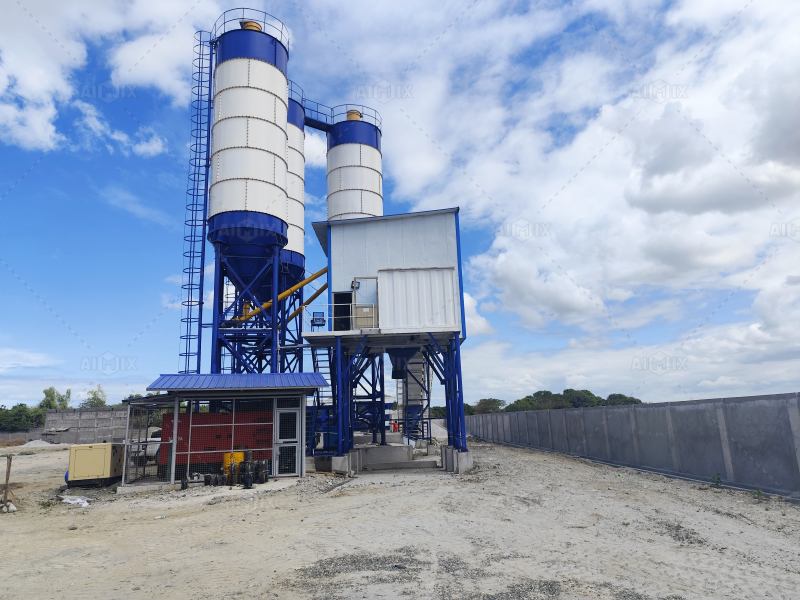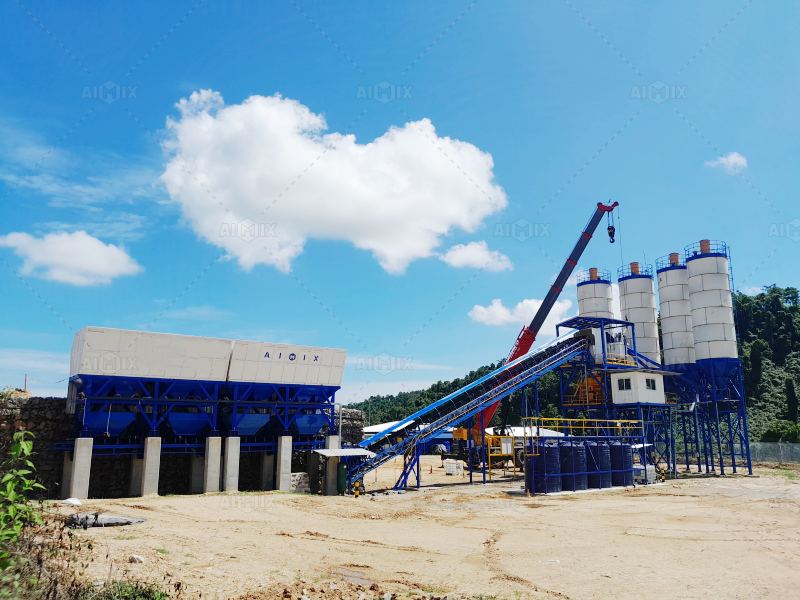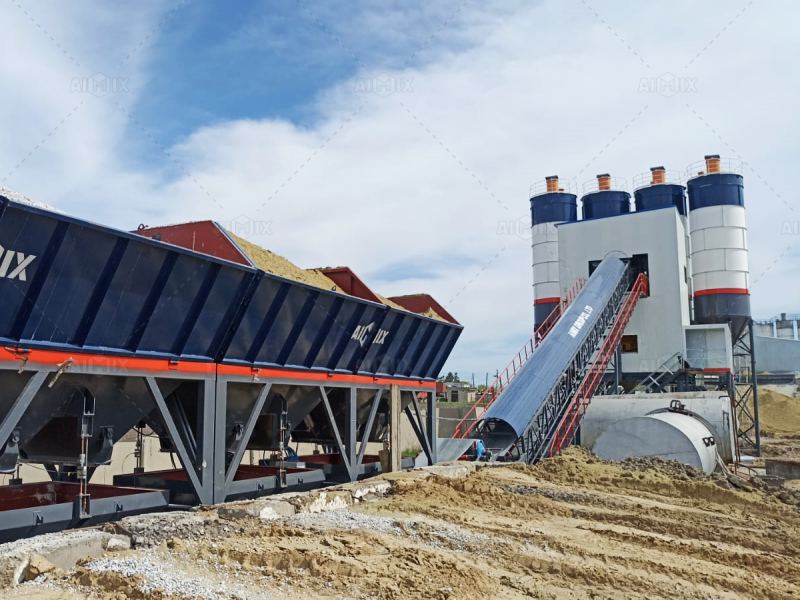Concrete is the lifeblood of modern construction, forming the foundation of buildings, bridges, roads, and countless other structures. Behind the scenes, batching plants ensure this essential material is produced with precision, consistency, and efficiency. But not all batching plants are the same—different types are suited for different project needs.
This article explores the different types of batching plant and examines how each contributes to the infrastructure projects shaping our cities and communities.
A batching plant is a facility where raw materials such as cement, sand, aggregates, water, and admixtures are measured and mixed to create concrete. The primary goal is to produce concrete that meets specific quality standards and is delivered on time to the job site.
Batching plants are not one-size-fits-all. Variations in design, capacity, and mobility allow them to serve a wide range of construction scenarios, from small-scale residential works to massive infrastructure developments.

Description:
Stationary batching plants are installed at a fixed location and designed for long-term use. They are equipped with high-capacity mixers, large storage bins, and advanced control systems.
Best For:
Advantages:
Description:
Mobile batching plants are mounted on trailers or skids, allowing them to be moved easily from one site to another. They require minimal setup time and can operate in remote or temporary locations.
Best For:
Advantages:
Description:
Also called transit mix plants, dry mix batching plants load dry ingredients into a transit mixer truck. Water is added at the job site, and mixing occurs during transport.
Best For:
Advantages:
Description:
In wet mix batching plants, all ingredients—including water—are mixed in the plant before being loaded into the mixer truck.
Best For:
Advantages:
Description:
Compact batching plants are smaller versions of mobile or stationary batching plant, ideal for limited-space sites or lower concrete output requirements.
Best For:
Advantages:

For infrastructure projects, consistency is crucial. Bridges, tunnels, and high-rise buildings rely on concrete with precise strength and durability properties. Modern batching plants use computerized systems to ensure every batch meets specifications, reducing the risk of structural failures.
Infrastructure development often runs on tight schedules. With high-capacity batching plants, large volumes of concrete can be produced quickly, ensuring uninterrupted supply during critical phases like continuous slab pours or bridge deck casting.
Many newer batching plants feature dust collection systems, recycled water use, and energy-efficient motors. By producing concrete closer to the project site—especially with mobile plants—transportation-related emissions are reduced. Additionally, support for recycled aggregates and supplementary cementitious materials (SCMs) aligns with green building standards.
Different infrastructure projects have different demands. While a stationary plant may be perfect for an airport expansion, a mobile or compact unit might better serve rural road construction. The availability of different types of batching plants ensures every project can access the right solution.
When selecting a batching plant, consider:
As technology advances, batching plants are becoming smarter, greener, and more adaptable. Expect to see:
These innovations will further cement the role of batching plants as the backbone of modern construction.

From stationary giants powering mega infrastructure projects to nimble mobile units serving remote builds, the different types of batching plant are vital to shaping the cities, roads, and public works we rely on daily. Their ability to produce high-quality concrete efficiently, sustainably, and on schedule makes them indispensable in today’s fast-paced construction environment.
Selecting the right plant type ensures not only the success of a single project but also contributes to the durability and resilience of the infrastructure that defines our modern world.